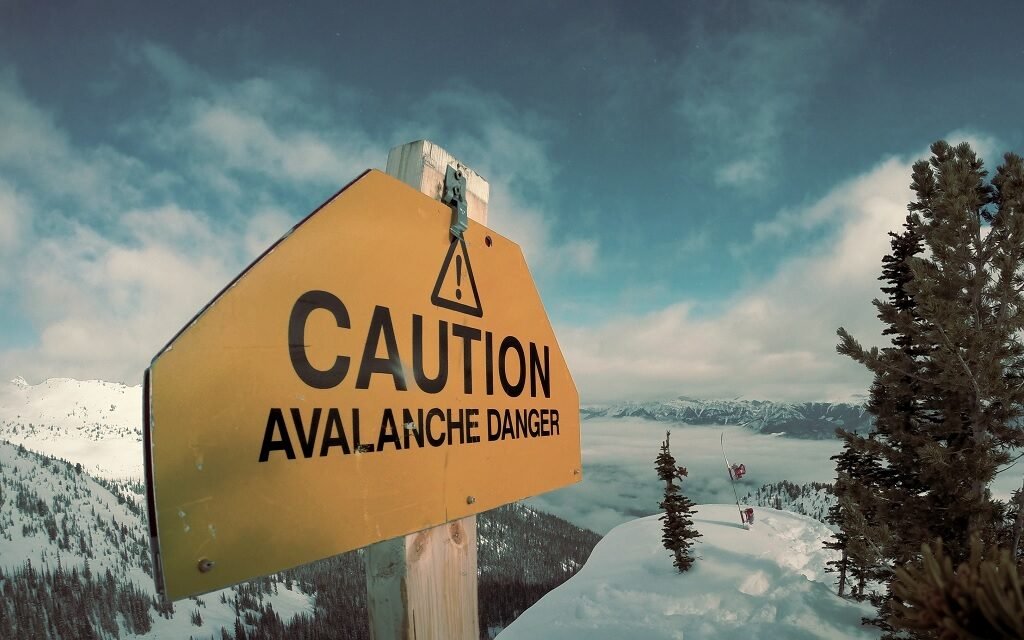Winter weather has arrived in Oregon. In the space of two weeks, we have gone from almost no snow, no skiing, and bare mountain to feet of snow, all the resorts opening up and a great winter playground. However as more and more folks enjoy the outdoors, the hiking season gets longer and I’m seeing more people go out for winter hikes and backpacking trips.

Over the last couple of weeks, the snow has been falling heavily on Mount Hood. You can see from SnowTEL site on the north side of Mount Hood, the increase in the snowpack in the last two weeks has been dramatic. This pattern has been repeated on much of the west coast.
Outside of the beauty of snow-covered mountains and trees, rapid early snowfall brings other challenges for hikers. Let’s take a look at a couple of these.
- Avalanche dangers. Early snowfall often creates significant avalanche dangers. There are many freeze-thaw cycles that create instability between the layers of snow. Avalanch dangers extend below the tree line and even small avalanches can be a hazard for hikers. If you are looking to get into the backcountry in the snow season it’s definitely worth taking an avalanche awareness course. In the Pacific Nortwest, the Northwest Avalanche Center has a wealth of information. In addition to avalanche forecasts they have a wealth of educational information. They run courses together with REI for avalance awareness. Another related, and great resource, is avalanche.org, which has good information on the types of avalanches. Recently small wet avalanches have been reported on Tom, Dick and Harry Mountain. These usually start as small snow rollers, an initial sign of unstable snow. Although the online education is very valuable, if you are going to be out in the backcountry, there is no substitute for an in person course.

- If you do decide to go out into the backcountry you’ll need some extra equipment. In particular it makes sense to have a probe, beacon and snow shovel. You’ll learn how to use these if you take one of the avalanche training classes. This is the basic mandatory equipment if you are going into the backcountry. If you are hiking there will be other changes in gear that you need from your summer and shoulder season setup. In particular the change to winter brings about a need for warmer base layers and an overall higher level of preparedness for bad weather.
- Navigation on snow covered trails brings along its own challenges. The trail will possibly no longer be visible. In deep snow trail signs and blazes can be covered. Excellent navigation skills are a must. In addition to map and compass skills, I make sure to take my Garmin InReach even on the shortest of winter hikes. Not only does this provide another level of navigation support which is essential in winter (GPS), having an SOS device just makes so much sense. However remember that just because you can call SOS does not mean that they can rescue you. Especially in winter, there are many occasions where search and rescue cannot reach you because the weather makes it unsafe.
- Check the weather and snow reports. Doubly important in winter to to make sure you have an accurate picture of the weather. I’ve listed a good set of resources for checking the weather. Make sure you have suitable weather for your trip and a margin of error on top of that. Being stuck in a snow storm that does not clear for days can be fatal.






